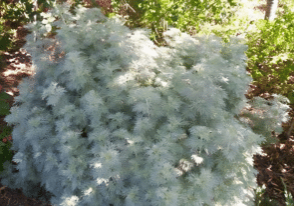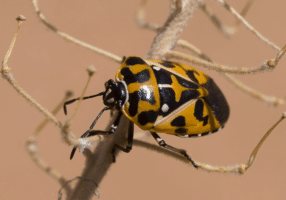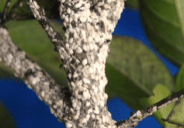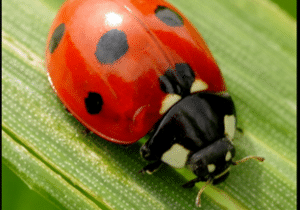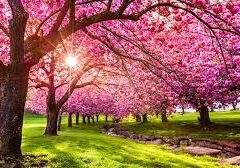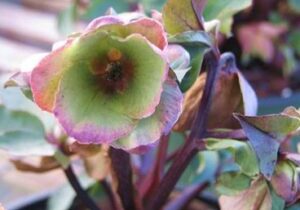By Steve Pulliam
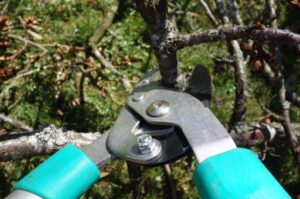
Given the fact that we are seeing erratic temperatures this time of year, combined with lots of rain, it is no surprise that we have seen out-of-season blooming and new leafy growth in our shrubbery. But as tempting as it may be to reach for those new garden shears, your plants would be better served if you waited until early spring.Generally, the shearing and shaping of shrubbery in the Midlands of South Carolina should be done after winter’s final freeze. For early flowering plants, right after they bloom. An exception to this rule would be the thinning and rejuvenation of larger shrubbery which can be done in late February shortly before the last freeze.
The reason for this is simple. Where pruning is fine for dormant trees in winter (actually preferable), pruning–or shearing in particular–will actually stimulate new stem and leaf growth on shrubbery. The fact that our temperatures tend to vacillate drastically between warm and cold days throughout the season means that shrubs do not remain in a dormant state. Tender new shoots that result from pruning will freeze, die and turn black. Pruning on a warmer day can cause the sap to rise in the plant. If the temperature then drops below freezing, it can cause damage to the plant. Better to wait until spring than risk damaging the plant and creating more work for yourself later on.

